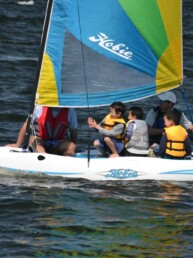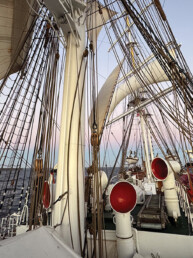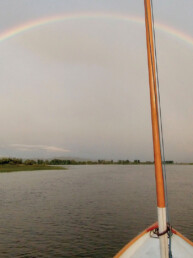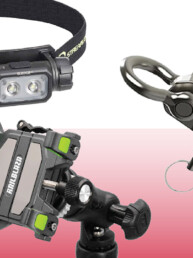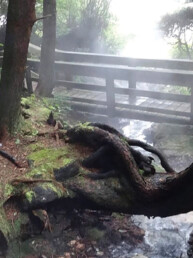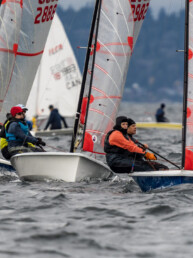On the way to Desolation Sound, there are several locations north of Nanaimo where boaters can stop to break up the long trip. Some of these also have excellent hiking opportunities and are worthy of a longer stay. The places I mention in this month’s column are ones that we have stopped at many times and think of as destinations in their own right.
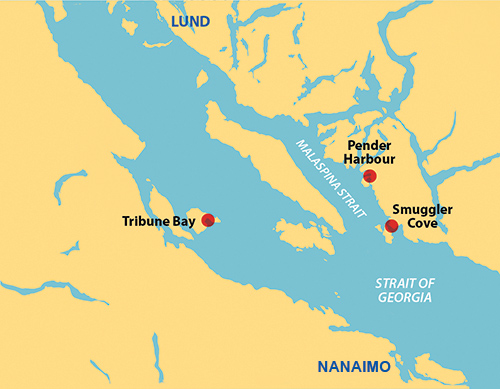
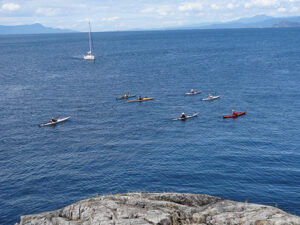
SMUGGLER COVE MARINE PARK
Southeast winds seem to be common when we’re northbound in the early summer, so we usually cross the Strait of Georgia from Nanaimo and head north along the mainland shore. There are many sheltered inlets along this stretch of the Sunshine Coast, the first of which is Smuggler Cove Marine Park. Its entrance is very intimidating, only 80 feet wide with a cliff on one shore and reefs on the other, but it is deep enough and totally calm once inside. It is divided into three small bays, which in some places are quite shallow or have hidden rocks. Fortunately, there are stern tie rings around the shore that allow a surprising number of boats to moor in the limited space. Stern tying is pretty much mandatory in the summer.

Our favorite hike starts at the southern shore of the cove and wanders along the rocks and shoreline of first the cove, and then the shore outside the cove near the entrance. It’s not a long walk but covers lots of interesting terrain, our favorite being the tide pools when the tide is low. Heading the other direction, the trail also goes a short distance east past a wetland before meeting a road in a half mile or so. This road also makes Smuggler Cove a popular destination on warm summer days for locals wanting a little fun on the water.
SUNSHINE COAST’S PENDER HARBOUR
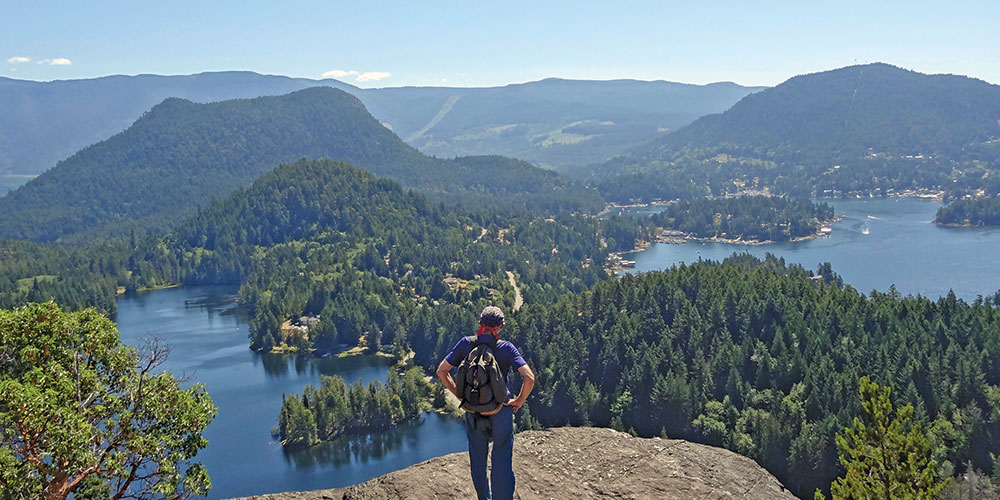
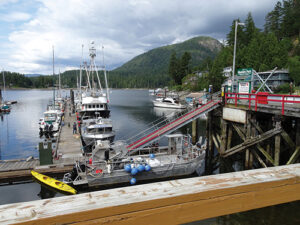
Pender Harbour is a large bay with two government docks, marinas, yacht club outstations, and a number of arms where anchoring is possible. But it’s a heavily-populated area and comes with some challenges. The first is working around the many boats that are permanently moored here. The second is gaining access to the shore, since most of the land is private. And the third is getting to the hikes, all of which require significant amounts of road walking. We usually anchor in Garden Bay or Gerrans Bay, depending on which hike we want to do. Garden Bay is conveniently located but small and very busy; anchoring on short scope is pretty much a necessity.
The premier hike in the area is Mount Daniel. This is the tall, rocky bluff directly above Garden Bay—in fact, it is part of the Garden Bay Marine Provincial Park and there is a trail to the top of the bluff. That’s the good news. The bad news is that the trailhead is located on the other side of the peak from the bay and requires a several-mile road walk around Garden Bay Lake to get to it. The road can be accessed from the provincial park dinghy dock near the center of the bay. The trail is straightforward, though steep, and ends atop the bluff at 1,400 feet.
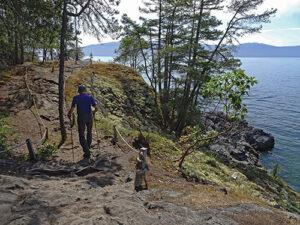
The panoramic views are outstanding, from Pender Harbour in front to Texada Island, the Strait of Georgia, and Vancouver Island in the distance. The hike is about 8 miles, two-thirds of which is along a road. We are always footsore from this hike, but we keep coming back. From Garden Bay you can also hike to the top of Pender Hill, which overlooks the entrance to the harbor but is only half as high as Mount Daniel, so the views aren’t as expansive. And there is still a lot of road walking to get to the actual trail.
From the government dock in Gerrans Bay, a more modest road walk brings you to Francis Point Provincial Park, with trails through forest ending on the shore of Malaspina Strait at the Francis Point lighted beacon. The part of the hike along the shoreline among beautiful madrona trees is particularly nice. Since we row our dinghy, we usually anchor in Gerrans Bay for this hike, though we will moor at the public dock if there is space available.
HORNBY ISLAND’S TRIBUNE BAY

Tribune Bay, on the south shore of Hornby Island, is on the Vancouver Island side of the Strait. It is wide open to southerlies and Qualicum westerlies, so we usually wait until the winds are reliably out of the north before deciding to come here. Tribune is a wide, beautiful bay over a sand bottom so gently sloping that a half-mile from shore the water is still only 30 feet deep. There is plenty of anchoring room for many boats—we’ve seen more than 80 on a summer day, with everyone well spaced out.
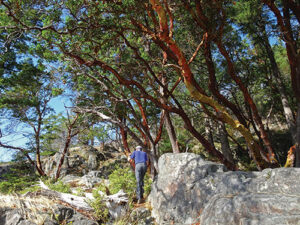
The beach has beautiful sand and is very busy in the summer, since there are car ferries that go to the island. There is a spectacular hike here, but first you have to get ashore. Between the high and low tide lines there are several hundred yards of sand, which is a long way to drag a heavy dinghy. Instead, we usually use our kayak since, after being unloaded, it is light enough for the two of us to carry up to the driftwood. Once settled ashore, we can look up at the tall sandstone cliffs lining the east side of the bay and contemplate the hike.
The outer tip of the peninsula on the east side of the bay is Helliwell Provincial Park. From the beach, there are several trails that go to the road, and a short walk east takes you to a private road through a housing development called High Salal. You can hike up this road to lot 17, where a public trail right-of-way goes west, then walks along the top of the cliffs. Soon the terrain changes from thin forest to grasslands as you cross into the public lands of the provincial park. Spectacular clifftop views, forest trails, shoreline walking—they are all there in abundance in Helliwell, and on excellent trails. A loop encompassing most of the park is about 7 miles, with around 3 of it walking the roads between your landing spot and lot 17. Despite the road walking, we love this spectacular hike and try to return every year.
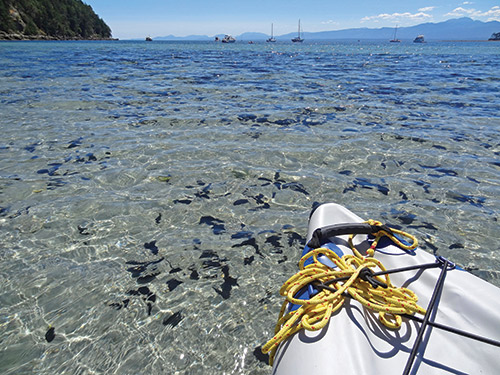
Michael and Karen have been cruising the Salish Sea and beyond for more than 20 years, hiking every chance they get. For more resources for hikers, visit their website at https://mvmischief.com/library/. For additional hiking information on the islands in this area, Michael and Karen also recommend Hiking the Gulf Islands of British Columbia by Charles Kahn.

